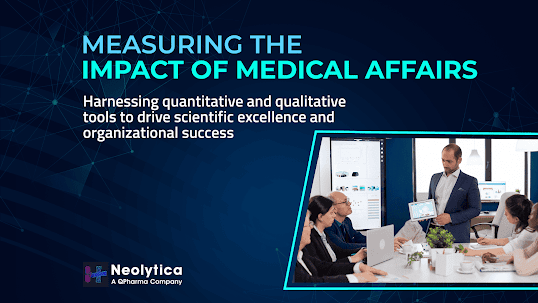
If you’re in the pharmaceutical industry, you’re undoubtedly familiar with Key Opinion Leaders (KOLs). These influential healthcare professionals—doctors, nurses, pharmacists, and more—shape the perceptions of drugs and treatments. Their opinions ripple across their networks, influencing peers, patients, and even regulators. Including them in your strategy isn’t just beneficial; it’s essential for success throughout the drug lifecycle.
But collaborating with KOLs goes beyond sending an email or setting up a meeting. It requires strategic planning, data-driven insights, and a touch of finesse. This guide covers everything you need to scale your KOL management efforts in 2025.
What Is KOL Management?
KOL management in pharma involves fostering meaningful relationships with influential healthcare voices. These leaders contribute to marketing efforts and provide valuable insights during clinical trials, compliance reviews, and beyond.
Imagine a seasoned physician praising your drug’s effectiveness during a conference or in a peer-reviewed journal. Such endorsements can transform perceptions of your product. Effective KOL management ensures these opportunities are not left to chance but become part of a deliberate, well-structured strategy.
Why Is KOL Engagement Critical?
Engaging KOLs is no longer optional; it’s a cornerstone of successful pharma strategies. Here’s why:
- Shape Market Perception: KOLs influence how drugs are viewed by peers, patients, and the wider medical community.
- Provide Critical Feedback: Their expertise refines clinical trials, enhances compliance efforts, and supports post-launch evaluations.
- Broaden Your Reach: KOLs amplify your message through their networks, reaching audiences that might otherwise be inaccessible.
Skipping KOL engagement is like ignoring a GPS on a road trip—you’ll get there eventually, but with unnecessary detours and inefficiencies.
How Does KOL Management Work in 2025?
Gone are the days of instinct-driven relationship-building. KOL management has evolved into a data-driven science. Tools like Neolytica’s Ti Expert lead the way by mapping networks, analyzing sentiment, and delivering actionable insights.
With platforms like Ti Expert, you can:
- Identify the most impactful KOLs in your therapeutic area.
- Monitor their sentiments across social media, conferences, and publications.
- Leverage real-time data to optimize engagement strategies.
Data isn’t just a buzzword; it’s the engine powering precise, effective KOL management strategies.
Building Relationships with KOLs
Establishing trust with KOLs is challenging but rewarding. Here’s how to get started:
- Tailored Messaging: Personalize outreach to align with their interests and expertise. Generic communication won’t cut it.
- Collaborative Opportunities: Engage them in meaningful ways, such as co-authoring papers or hosting webinars.
- Consistent Engagement: Regular updates, post-event follow-ups, and sharing milestones show KOLs their input matters.
Smart Strategies for KOL Management
Effective KOL management is about working smarter, not harder. Consider these approaches:
- Leverage Sentiment Analysis: Tools like Neolytica’s sentiment analysis help uncover not just what KOLs are saying but how they feel, enabling more targeted engagement.
- Segment Your Outreach: Not all KOLs have the same influence. Focus on a strategic subset based on their networks, expertise, and potential impact.



